Milwaukee M18 XC5.0 Battery & Rapid Charge Station Preview
Milwaukee M18 XC5.0 Battery & Rapid Charge Station Preview
As we mentioned in our other Milwaukee Tool preview posts this week, we have just returned from the Milwaukee Tool 2014 New Product Symposium where we saw and tried all sorts of new tools coming this fall and winter. If you were unable to follow along with us on our Facebook or Twitter feeds, we also put together an overview video of some of the great new products we saw. A couple of products you won’t find in there though are the new M18 XC5.0 Battery Packs and the M12/M18 Rapid Charge Station. These tools are so new that the marketing department hasn’t even written the press releases yet.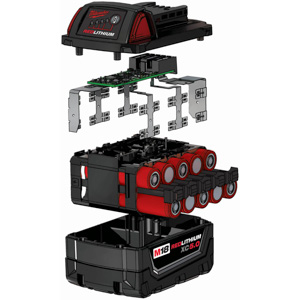
5.0 Ah is a natural progression
The 2013 Symposium saw the introduction of the 4.0XC packs that are powering a lot of the FUEL tools out on the jobsite this year. It seems like a natural progression to release the next size up. The 5.0 amp hour is the benchmark that a number of the major brands are working towards in 2014. Makita is the only one lagging behind and has yet to release the 4.0 pack in the US. With the new 5.0 pack comes a 25% increase in runtime and no difference in size and weight from the 4.0 pack.
High discharge brings high heat
Some tools like impact drivers and blowers have relatively level use of power. Other tools though like drills and circular saws can draw near 200 watts when the going gets tough. These power intense operations cause the batteries to discharge at relatively high rates and this causes heat to build up. Heat is an enemy to batteries, when they are outside of their optimal range they don’t work nearly as well. Milwaukee recognized this and incorporated large heat sink like areas as part of the weld frame of the 5.0 batteries. One of the demonstrations at the symposium was showing the heat buildup between their pack and a competitors during a power intense operation. Managing battery pack temperature will become more important in the next few years as more cordless tools replace corded ones on jobsites the world over.
Heat isn’t the only enemy
Water and shock are well known battery killers as well as heat and the new 5.0 pack has a few built in features to mitigate these failures. First they sealed off the interface points between the tool and pack. This includes the electrical contact area in addition to the plastic release tabs the hold the pack to the tool. The second “water” feature is that they coated all the electrical surfaces (battery cells, weld frame, circuit board) with a liquid-applied thin film to keep them from corroding when exposed to prolonged moisture. The third feature in the battle to keep out moisture is the inclusion of weep holes at the bottom of the pack so any water that does get in has a clear path to exit.
When it comes to shock, rubber is the primary method of protecting the pack. Individual cells are separated by small rubber bumpers that fit inside the cell carrier and then the battery shell has a rubber over-mold over the bottom of the pack (but not covering the weep holes).
M18 5.0AH Battery Video Preview
Bigger batteries need faster chargers
The M18 Six Pack Charger was released in 2013 and at the time was pretty great. It held 6 batteries but only charged them one at a time and it only charged M18. With the advancements of brushless tools a lot of M12 tools are mixing with their M18 brothers on jobsites. Milwaukee addressed both issues with the M12/M18 Rapid Charge Station. Now both batteries can be charged together and 3 can be charged at a time. Think of it as three of their Multi voltage single chargers plugged into a 3-way outlet. I’ve been waiting for a tool like this ever since the Ryobi Supercharger and the Milwaukee Six Pack were released.
With bigger capacity batteries comes longer runtimes but also longer charge times. The Rapid Charge Station addresses this by charging batteries faster. It achieves this by front loading the charging, meaning it charges a battery faster near the beginning of the charge cycle and slower near the end of the cycle. The Rapid Charge Station will charge 6 3.0 Ah batteries in 74 minutes. That is fast.
Availability
The M18 XC5.0 Battery pack is listed as being available in November of 2014 but we’ll know more around October. The M12/M18 Rapid Charge Station is listed as being available in January of 2015 but we’ll know more around December. Both will be found at the Home Depot or independent dealers across the country.
- Rubber bumpers between cells
- Competitors pack and Milwaukee pack after 3 days in water
- Heat build up during high discharge. Milwaukee left, competitor right.
- M12/M18 Rapid Charge Station
About the author
1 Comment
Leave a comment
Disclosure
Product reviews on this site contain our opinion of a product or service. We will always strive for objectivity and transparency in our reviews. Our goal is to provide readers with honest, objective information based on our own experiences. We never have and never will accept payment in exchange for a positive review. Many of the products that we review are provided to us for free by a manufacturer or retailer. In some cases, we also have advertising or affiliate relationships with manufacturers and retailers of products and services we review. For additional information please visit our additional disclosure policies.











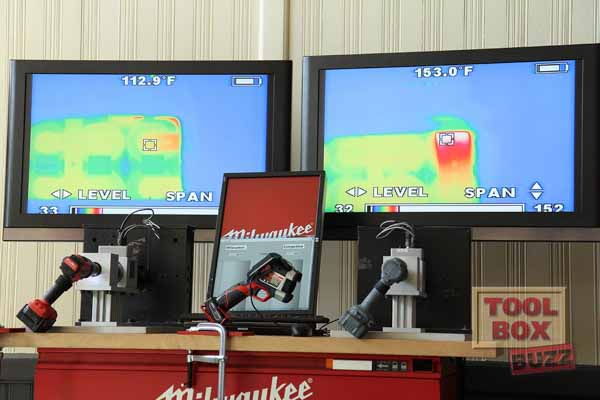
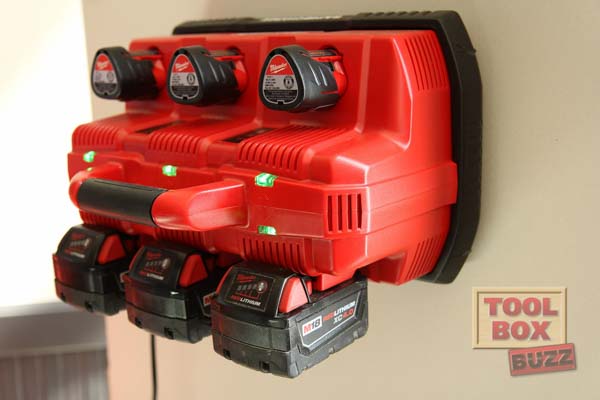
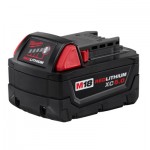
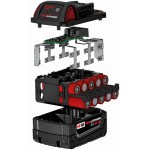
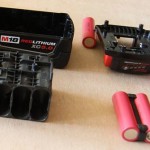
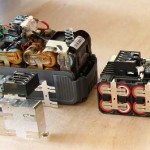
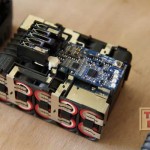
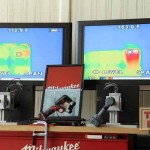
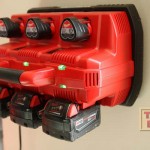












[…] an elegant solution, the Milwaukee Rapid Charge Station. It was first debuted at last year’s New Product Symposium along side the 5.0 Ah batteries. After having it in the shop and on the job site for a few months our opinion remains the same, […]